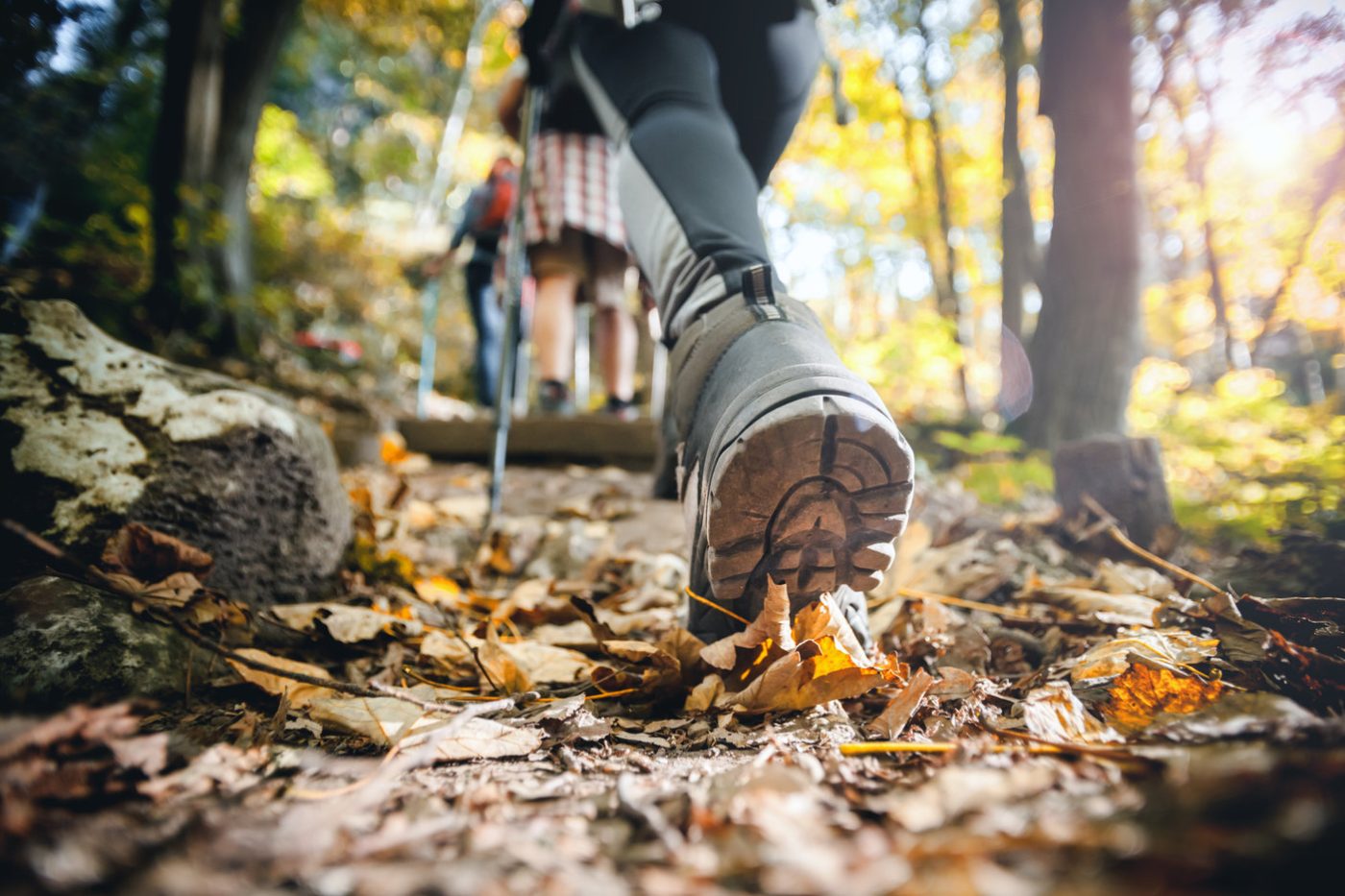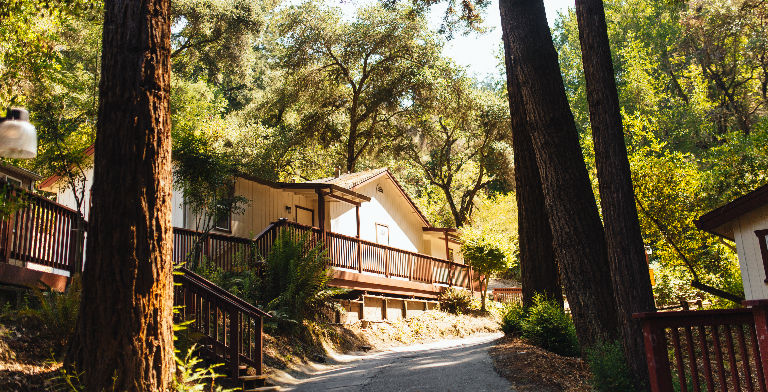About GHB Addiction
Learn More About GHB Addiction
GHB, or gamma hydroxybutyrate, is a depressant of the central nervous system that typically appears as a powder or as a colorless and odorless liquid. When ingested, GHB elicits a sense of euphoria, along with lowered inhibitions and increased sex drive. Additional effects include dizziness, drowsiness, blackouts, and memory loss. Rapists and other predators have been known to surreptitiously add GHB to an alcoholic beverage or other drink as a means of incapacitating potential victims.
GHB is commonly grouped with ecstasy/MDMA, ketamine, methamphetamine, and rohypnol into a category known as club drugs. GHB and rohypnol are also often referred to as date rape drugs, due to their ability to immobilize victims and induce amnesia.
GHB’s medical uses are limited to treatment for narcolepsy and, in rare cases, for individuals who are suffering from alcohol withdrawal syndrome.
Individuals who habitually engage in the recreational abuse of GHB and other club drugs put themselves at risk for a variety of negative physical, mental, emotional, and social outcomes. With effective professional treatment, though, these people can overcome their self-defeating behaviors and learn how to make the changes that will allow them to achieve long-term abstinence from GHB and other dangerous psychoactive substances.
Statistics
GHB Addiction Statistics
GHB abuse is most common among teenagers and young adults under the age of 30. The National Institute on Drug Abuse (NIDA) reports that 1 percent of high school seniors, 0.8 percent of high school sophomores, and 0.3 percent of eighth-graders have abused GHB at least once.
Between 1995 and 2005, researchers identified 226 deaths (155 men and 71 women) that were attributable to GHB intoxication. The decedents ranged in age from 15 to 55, with an average age of 27.9 years.
Women between the ages of 16 and 24 are four times more likely than members of all other demographic groups to be unwillingly exposed to GHB. In reported cases involving GHB and assault, 74 percent of perpetrators and 55 percent of victims had also consumed alcohol.
Causes & Risks
Causes and Risk Factors for GHB Addiction
The likelihood that a person will abuse or become dependent upon GHB can be influenced by several environmental and genetic factors:
Genetic: Studies suggest that the offspring of addicted parents are as much as eight times more likely to struggle with addiction at some point in their lives than are the children of parents who never abused alcohol or other drugs. The genetic component of addiction has been reinforced by studies involving twins and adopted children, as well as by technological advances that have provided greater insights into the influence of specific genes.
Environmental: Individuals who are raised in houses where the abuse of GHB or other drugs was common are likely to replicate this behavior. Also, people who were abused, neglect, or otherwise traumatized as children have a higher risk of drug abuse. Attending clubs, raves, and other places where GHB abuse is prevalent can be a strong environmental influence as well. Associating with and/or being pressured by peers to use this drug can also significantly increase the likelihood that a person will abuse GHB.
Risk Factors:
- Family history of substance abuse and/or mental illness
- Personal history of prior substance abuse and/or mental illness
- Youth (GHB abusers are usually under age 30)
- Socioeconomic status (GHB users are typically from middle-class and upper-class families)
- Participating in raves and similar events
- Attending clubs where GHB is commonly abused
Signs & Symptoms
Signs and Symptoms of GHB Addiction
The effects of GHB can begin to be felt within 20 minutes of ingesting the substance, and can last for hours. The following are common signs that may indicate that a person has been engaging in GHB abuse:
Behavioral symptoms:
- Clumsiness
- Slurring speech
Physical symptoms:
- Lowered body temperature
- Slowed heart rate
- Depressed respiration
- Nausea, vomiting, and diarrhea
- Loss of muscle control
- Tremors
- Excessive perspiration
- Heightened sexual arousal
Cognitive symptoms:
- Increased sensitivity to light and sound
- Confusion and disorientation
- Memory problems, including blackouts and amnesia
Psychosocial symptoms:
- Lowering of inhibitions
- Profound relaxation
- Decreased sense of anxiety
- Feelings of euphoria
Effects
Effects of GHB Addiction
GHB abuse can lead to a number of negative outcomes, including the following:
- Diminished cognition
- Memory problems
- Depression
- Cardiac arrhythmia
- Physical harm from trips, falls, and other accidents occurring while under the influence
- Physical, social, and legal problems from risky and/or dangerous behaviors
- Problems maintaining healthy interpersonal relationships
- Diminished performance at work or school
- Job loss and unemployment
- Academic failure
- Sexual assault
- Sexually transmitted infections
Co-Occurring Disorders
GHB Abuse & Co-Occurring Disorders
Common disorders that have been diagnosed in individuals who were engaging in GHB abuse include the following:
- Anxiety disorders
- Depressive disorders
- Bipolar disorder
- Posttraumatic stress disorder (PTSD)
- Attention-deficit/hyperactivity disorder (ADHD)
- Alcohol use disorder
- Other substance use disorders
Withdrawal
Effects of GHB Withdrawal & Overdose
Effects of GHB withdrawal: If a person has become dependent upon GHB, abruptly stopping or significantly reducing the use of this drug may be accompanied by a number of unpleasant symptoms, including the following:
- Cravings for GHB
- Agitation and irritability
- Psychosis
- Hypertension
- Increased heart rate
- Delirium
- Profuse perspiration
- Nausea
- Vomiting
Effects of GHB overdose: Individuals who exhibit the following symptoms of GHB overdose may be in need of immediate medical attention:
- Convulsions
- Hallucinations
- Acute respiratory distress
- Slowed heartbeat
- Extreme confusion and disorientation
- Loss of consciousness
- Coma
















